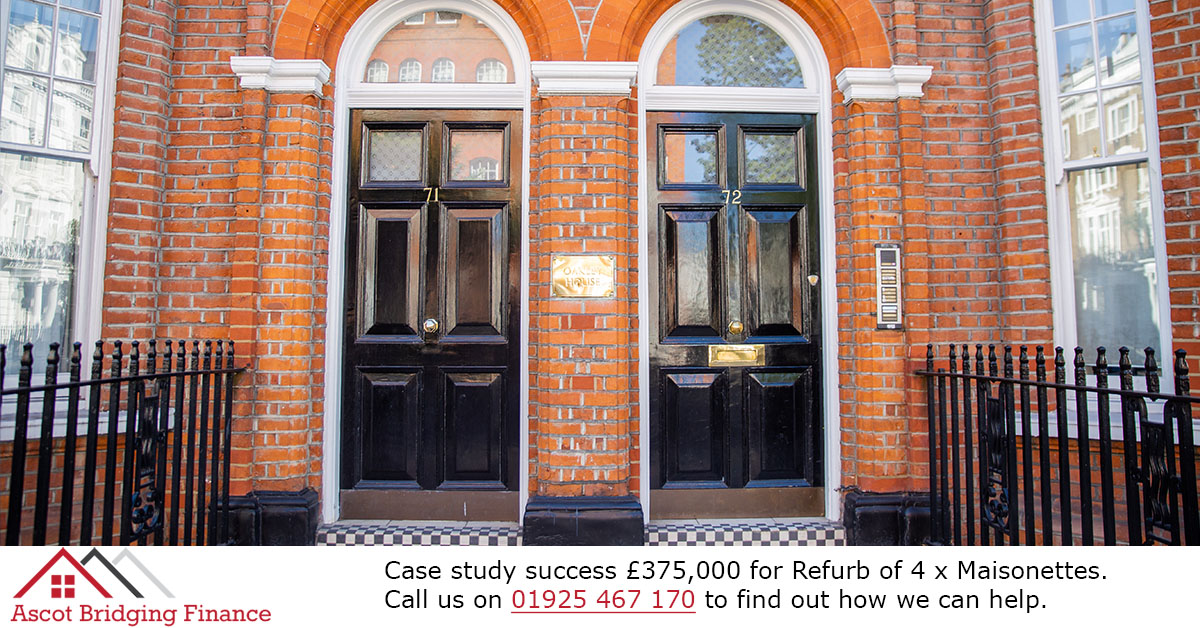Struggling carpet retailer Carpetright has received a bridging loan for £12.2 million to keep the company in business. The loan is for a period of six months, and the lender charged a fee of nearly £2 million. Carpetright is negotiating with landlords to reduce rents and is selling off unprofitable stores. The bridging loan freed the company from short-term funding pressures. Analysts said that the company had opened too many stores, many of them paying large rents on long-term leases. Carpetright is exploring the possibility of entering into a company voluntary arrangement (CVA), which would rationalise their property portfolio to help the long-term viability of the company. This case shows that bridging loans can be used to prevent the failure of an ailing company. Like all bridging loans, borrowers need to convince the lender that they have a good exit strategy for when and how the loan will be repaid. Carpetright is convinced that it can sell enough excess stores and become more profitable so that it can repay the loan. A lender will probably treat a loan to a loss-making company as high risk, which is probably why the Carpetright loan has such as fee. A business applying for a loan must have enough assets, usually in the form of property, to act as security for the loan. They also need to convince the lender that the plan to turn the business around is sound.






